Home>Furniture & Design>Interior Design Trends>How Do You Find Sea Glass
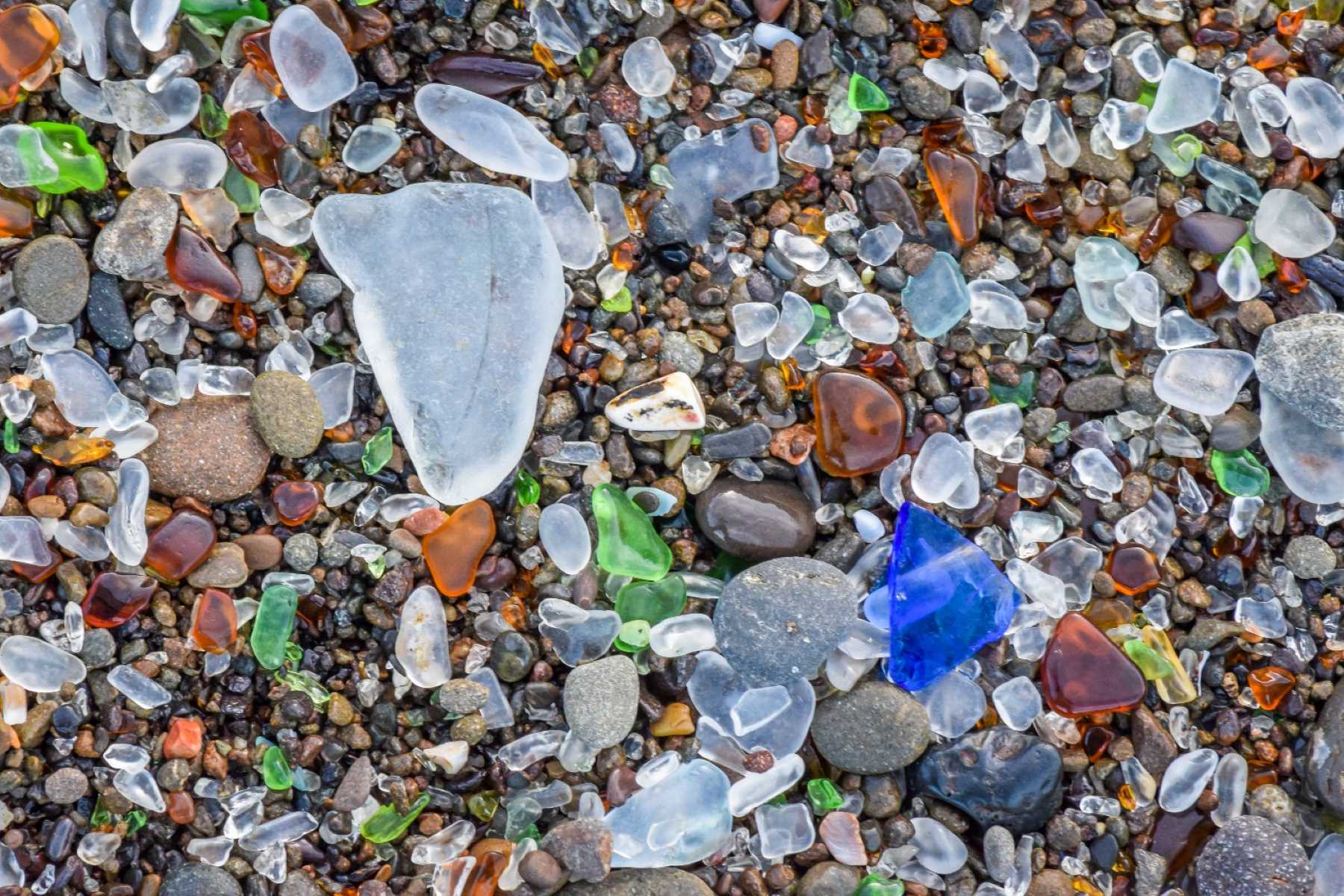

Interior Design Trends
How Do You Find Sea Glass
Modified: August 28, 2024
Discover the latest interior design trends for finding sea glass. Learn how to incorporate sea glass into your home decor for a stylish and unique look. Explore creative ideas and tips for incorporating sea glass into your interior design.
(Many of the links in this article redirect to a specific reviewed product. Your purchase of these products through affiliate links helps to generate commission for Storables.com, at no extra cost. Learn more)
What is Sea Glass?
Sea glass, also known as beach glass, is a mesmerizing and alluring treasure that captures the imagination of beachcombers and collectors around the world. This enchanting gem is not a product of nature's creation, but rather a result of human activity and the relentless forces of the ocean. Sea glass originates from discarded glass bottles, jars, and other glassware that find their way into the sea. Over time, the relentless churning of the waves and the abrasive action of sand and rocks transform these discarded fragments into smooth, frosted gems that wash up on the shores of beaches.
The journey of sea glass begins when glass items are carelessly discarded or lost at sea. These glass pieces are tumbled and weathered by the ocean, gradually losing their sharp edges and acquiring a distinctive frosted appearance. The transformation process can take several years, or even decades, depending on factors such as the type of glass, the frequency of wave action, and the composition of the surrounding environment.
The allure of sea glass lies in its unique and captivating characteristics. Each piece of sea glass is a one-of-a-kind creation, shaped by the sea and time itself. The smooth, rounded edges and the soft, matte finish of sea glass evoke a sense of mystery and wonder, as if each fragment holds a story of its own. The colors of sea glass, ranging from vibrant hues of green, blue, and brown to rare shades of red and orange, add to its allure and make it a sought-after gem for collectors and artisans alike.
In addition to its aesthetic appeal, sea glass holds historical significance, serving as a tangible link to the past. Many pieces of sea glass can be traced back to specific glass manufacturers and time periods, offering a glimpse into the bygone eras of glass production and consumption. This historical connection adds depth and intrigue to the allure of sea glass, making it a cherished find for those who appreciate the beauty of the past.
Overall, sea glass is a captivating testament to the transformative power of nature and the enduring legacy of human activity. Its unique beauty, historical significance, and the sense of discovery it evokes make it a cherished treasure for beachcombers and collectors, inviting them to embark on a journey of exploration and wonder along the shores of the world's beaches.
Key Takeaways:
- Sea glass, also known as beach glass, is a captivating treasure shaped by the ocean over time. Look for it on coastal beaches, especially after storms, and consider exploring remote and international destinations for unique finds.
- To find sea glass, visit coastal areas with historical significance, explore remote beaches, and time your search after storms or during low tides. Embrace the element of surprise and connect with fellow enthusiasts for a rewarding sea glass hunting experience.
Read more: Where Can I Find Sea Glass
Where to Look for Sea Glass
When it comes to seeking out the elusive and captivating sea glass, the search often begins on the sandy shores of beaches, where the ebb and flow of the tides unveil hidden treasures. However, not all beaches are created equal when it comes to the abundance and quality of sea glass. Understanding where to look for sea glass can significantly enhance the chances of a successful and rewarding beachcombing experience.
Coastal Locations
Coastal areas with a history of maritime activity and human presence are prime locations for finding sea glass. Beaches near old harbors, shipping routes, and coastal settlements often yield a rich bounty of sea glass, as they have been the recipients of discarded glass items over the years. Additionally, beaches near sites of historical significance, such as old glass factories or dumping grounds, are known for offering a higher likelihood of discovering sea glass treasures.
Remote and Undisturbed Beaches
Remote and less frequented beaches, away from bustling tourist hotspots, are often havens for sea glass enthusiasts. These undisturbed stretches of coastline are less likely to have been picked over by other collectors, increasing the chances of stumbling upon pristine and abundant sea glass deposits. Exploring these secluded beaches can lead to the discovery of rare and unique pieces, making the effort of venturing off the beaten path well worth it.
After Storms and High Tides
After a storm or during periods of high tides, the ocean has a tendency to unveil its hidden treasures, including an influx of sea glass. The turbulent forces of nature can churn up and deposit a fresh supply of sea glass onto the beaches, creating prime opportunities for beachcombers to find new additions to their collections. It's during these times that the shoreline can yield an abundance of sea glass, offering a window of opportunity for those eager to embark on a treasure hunt.
Read more: What Is Sea Glass
Pebble and Shingle Beaches
Beaches with pebble and shingle compositions, as opposed to sandy shores, are known for their propensity to accumulate sea glass. The smooth, rounded stones and pebbles create an ideal environment for sea glass to settle and become nestled among the natural elements. These beaches provide a unique and picturesque backdrop for sea glass hunting, as the colorful glass fragments stand out against the contrasting textures of the pebbles, making them easier to spot and collect.
International Destinations
For avid sea glass enthusiasts, exploring international beach destinations can offer a diverse and enriching experience. Countries with a rich maritime history and a strong tradition of beachcombing, such as England, Scotland, Italy, and Japan, are renowned for their sea glass treasures. Venturing beyond familiar shores can open up new possibilities for discovering rare and exotic sea glass specimens, while also providing an opportunity to immerse oneself in the unique coastal landscapes and cultures of different regions.
In essence, the search for sea glass is a journey of exploration and discovery, guided by an understanding of the most promising locations and the natural forces that shape the distribution of sea glass along the world's coastlines. By seeking out coastal areas with historical significance, exploring remote and undisturbed beaches, timing beachcombing excursions after storms and high tides, and venturing to international destinations, sea glass enthusiasts can elevate their beachcombing experiences and uncover the hidden treasures that await along the shores of the sea.
Best Times to Find Sea Glass
The quest for sea glass is intimately intertwined with the rhythms of nature and the ever-changing dynamics of the ocean. Understanding the best times to find sea glass can significantly enhance the likelihood of a successful and rewarding beachcombing expedition. While the allure of sea glass is ever-present, certain times and conditions can amplify the opportunities for discovering these coveted treasures.
After Storms and High Tides
After a storm or during periods of high tides, the ocean has a tendency to unveil its hidden treasures, including an influx of sea glass. The turbulent forces of nature can churn up and deposit a fresh supply of sea glass onto the beaches, creating prime opportunities for beachcombers to find new additions to their collections. It's during these times that the shoreline can yield an abundance of sea glass, offering a window of opportunity for those eager to embark on a treasure hunt.
Read more: How To Clean Sea Glass
Early Morning and Late Afternoon
The tranquil moments of early morning and late afternoon present ideal conditions for sea glass hunting. The soft, angled light during these times can illuminate the shoreline, making it easier to spot the glistening fragments of sea glass nestled among the sands and pebbles. The gentle glow of dawn or dusk adds a touch of magic to the beachcombing experience, enhancing the sense of discovery and wonder as each piece of sea glass is revealed by the subtle play of light.
During Spring and Fall
The transitional seasons of spring and fall often bring about favorable conditions for finding sea glass. With the ebb and flow of seasonal changes, beaches can undergo shifts in their composition, revealing new deposits of sea glass brought in by the tides and currents. Additionally, the reduced foot traffic during these seasons can leave the beaches undisturbed, providing ample opportunities for collectors to uncover hidden gems without the competition of larger crowds.
Low Tide Events
Low tide events offer a unique opportunity to explore areas of the shoreline that are typically submerged beneath the waves. As the ocean recedes, it unveils stretches of beach that are usually inaccessible, exposing fresh deposits of sea glass that have been brought in by the tides. The exposed terrain during low tide events presents a canvas for beachcombers to scour for sea glass, revealing new finds and expanding the possibilities of their collections.
Throughout the Year
While certain times and conditions may enhance the likelihood of finding sea glass, the allure of beachcombing for sea glass transcends specific seasons or moments. The enduring appeal of sea glass lies in its timeless presence along the shores, inviting collectors to embark on their quests at any time of the year. Whether it's the thrill of a post-storm search, the tranquility of a sunrise expedition, or the anticipation of a low tide discovery, the best time to find sea glass ultimately aligns with the spirit of adventure and the joy of uncovering nature's hidden treasures.
In essence, the best times to find sea glass are intertwined with the natural rhythms of the ocean and the changing seasons, offering a tapestry of opportunities for beachcombers to engage in the timeless pursuit of discovering these captivating gems along the shores of the world's beaches.
Read more: How To Display Sea Glass
Tips for Finding Sea Glass
Finding sea glass is a rewarding and captivating pursuit that requires a keen eye, patience, and an understanding of the coastal environment. Whether you're a seasoned beachcomber or a novice enthusiast, these tips can enhance your sea glass hunting experience and increase the likelihood of discovering these coveted treasures.
1. Scout for Prime Locations
Identifying the right beaches and coastal areas is crucial for successful sea glass hunting. Researching historical maritime sites, old dumping grounds, and remote beaches can lead to the discovery of abundant sea glass deposits. Look for beaches with pebble and shingle compositions, as they are known for harboring sea glass among the natural elements.
2. Timing is Key
Understanding the optimal times for sea glass hunting can significantly impact your success. After storms and high tides, the ocean often unveils fresh supplies of sea glass, providing prime opportunities for collectors. Additionally, early morning and late afternoon light can enhance visibility, making it easier to spot sea glass glistening among the sands.
3. Patience and Persistence
Sea glass hunting requires patience and persistence. It's essential to approach the activity with a relaxed and observant mindset, as the treasures may not reveal themselves immediately. Taking the time to thoroughly scan the shoreline and explore different areas can lead to rewarding finds.
Read more: How Is Sea Glass Made
4. Utilize the Power of Observation
Developing a keen eye for spotting sea glass is a valuable skill. Pay attention to the patterns and textures of the beach, as well as the way light interacts with the sand and pebbles. Sea glass often stands out against the natural backdrop, and honing your observational skills can make the search more fruitful.
5. Respect the Environment
While searching for sea glass, it's important to respect the natural environment and adhere to ethical beachcombing practices. Leave the beach as you found it, and refrain from disturbing sensitive ecosystems. By practicing responsible beachcombing, you contribute to the preservation of coastal habitats.
6. Embrace the Element of Surprise
Sea glass hunting is a journey of discovery, and embracing the element of surprise can make the experience even more enjoyable. Be open to finding unexpected colors and shapes, and appreciate each piece of sea glass as a unique and storied gem with its own history.
7. Connect with Fellow Enthusiasts
Engaging with the sea glass community can provide valuable insights and camaraderie. Joining online forums, attending beachcombing events, and sharing experiences with other enthusiasts can enrich your sea glass hunting journey and expand your knowledge of prime locations and techniques.
By incorporating these tips into your sea glass hunting endeavors, you can elevate the experience and increase the likelihood of uncovering beautiful and intriguing sea glass specimens. Remember that each beachcombing excursion holds the potential for new discoveries, adding an element of excitement and wonder to the timeless pursuit of sea glass hunting.
Read more: How To Wire Wrap Sea Glass
How to Identify Sea Glass
Identifying sea glass involves a combination of visual observation, tactile assessment, and an understanding of the distinctive characteristics that set sea glass apart from ordinary glass fragments. As beachcombers and collectors embark on their quests to uncover these oceanic treasures, honing the ability to identify sea glass becomes an essential skill that enhances the appreciation and value of each discovery.
Visual Characteristics
The visual appearance of sea glass serves as the primary indicator of its identity. Genuine sea glass exhibits a frosted, matte surface, resulting from the erosion and weathering process it undergoes in the marine environment. This distinctive texture sets sea glass apart from regular glass shards, which typically retain a smooth and polished appearance. Additionally, the edges of sea glass are smooth and rounded, devoid of sharp or jagged edges commonly found in broken glass. The colors of sea glass, ranging from vibrant greens, blues, and browns to rare shades of red and orange, contribute to its allure and serve as a key factor in its identification.
Tactile Qualities
The tactile experience of handling sea glass provides valuable insights into its authenticity. When held, sea glass exudes a characteristic coolness and smoothness, reflecting its time spent tumbling in the ocean. Unlike manufactured glass beads or imitations, genuine sea glass lacks the uniformity and precision of mass-produced items, offering a tactile connection to the natural forces that have shaped it. Running one's fingers along the surface of sea glass reveals its unique texture, a result of the relentless action of sand, salt, and waves.
Light and Transparency
Examining sea glass under different lighting conditions can unveil its inherent beauty and transparency. Authentic sea glass often exhibits a subtle translucency when held up to light, allowing glimpses of its internal structure and the interplay of colors within. This natural transparency distinguishes sea glass from artificial imitations and adds to its enchanting appeal. When illuminated by sunlight or artificial light sources, the true colors and nuances of sea glass come to life, showcasing its inherent beauty and individuality.
Read more: How Does Sea Glass Form
Historical Context
In some cases, the historical context of a particular beach or coastal area can provide valuable clues for identifying sea glass. Researching the maritime history, nearby glass factories, and the types of glassware used in the region can offer insights into the origins of sea glass. Certain colors and shapes of sea glass may be linked to specific glass manufacturers or time periods, adding a layer of historical significance to each discovery.
Preservation of Authenticity
Preserving the authenticity of sea glass involves refraining from altering its natural state. Genuine sea glass does not require artificial tumbling or polishing, as its unique texture and appearance are the result of natural processes. By respecting the integrity of sea glass and refraining from enhancing or modifying its characteristics, collectors uphold the intrinsic value and beauty of each piece.
In essence, identifying sea glass encompasses a multi-faceted approach that combines visual, tactile, and historical elements. By honing the ability to recognize the distinctive qualities of sea glass, collectors and enthusiasts can deepen their appreciation for these captivating oceanic gems and embark on a journey of discovery that celebrates the enduring allure of sea glass.
What to Do with Sea Glass Once You Find It
Once you've embarked on the exhilarating journey of discovering sea glass along the shores of beaches, a world of creative possibilities unfolds as you ponder the myriad ways to showcase and repurpose these captivating oceanic treasures. Sea glass, with its enchanting colors, smooth textures, and storied origins, offers a wealth of opportunities for artistic expression, decorative endeavors, and meaningful keepsakes. Here are several inspiring ideas on what to do with sea glass once you find it:
1. Jewelry Crafting
Transforming sea glass into stunning jewelry pieces allows you to carry a piece of the ocean's beauty with you wherever you go. Whether it's crafting earrings, pendants, or bracelets, the vibrant hues and unique shapes of sea glass lend themselves to exquisite and one-of-a-kind jewelry designs. By pairing sea glass with sterling silver or gold settings, you can create timeless and elegant pieces that evoke the serene allure of the sea.
Read more: What To Make With Sea Glass
2. Mosaic Art
Incorporating sea glass into mosaic art projects infuses a touch of coastal charm and whimsy into home decor. From adorning picture frames and mirrors to creating intricate mosaic tabletops, the varied colors and shapes of sea glass add a captivating dimension to mosaic compositions. The interplay of light and color within the mosaic designs brings a sense of tranquility and natural beauty into living spaces.
3. Coastal Crafts
Embrace the coastal aesthetic by integrating sea glass into a myriad of craft projects. From embellishing candles and lanterns to creating unique wind chimes and sun catchers, sea glass infuses a coastal ambiance into handmade crafts. These creations serve as reminders of the ocean's timeless allure and can be cherished as personalized gifts or decorative accents in coastal-themed interiors.
4. Home Decor Accents
Sea glass can be incorporated into a range of home decor accents, adding a touch of coastal elegance to living spaces. Displaying sea glass in glass vases, hurricane lamps, or decorative bowls creates visually captivating centerpieces that celebrate the beauty of the sea. Additionally, arranging sea glass along with driftwood or seashells in shadow boxes or frames offers a charming way to capture the essence of coastal living.
5. Educational Projects
Engage in educational endeavors by utilizing sea glass in creative projects for children and students. From crafting sea glass mobiles and sun catchers to creating tactile sensory boards, sea glass serves as a versatile and engaging material for educational activities. These projects foster an appreciation for the natural world and the transformative power of the ocean, inspiring curiosity and creativity in learners of all ages.
Read more: How To Drill A Hole In Sea Glass
6. Environmental Advocacy
Harness the beauty and allure of sea glass to raise awareness about marine conservation and environmental stewardship. By incorporating sea glass into art installations, public displays, or awareness campaigns, you can highlight the importance of preserving coastal ecosystems and reducing marine debris. Through artistic expression, sea glass becomes a symbol of environmental advocacy and a catalyst for positive change.
In essence, the discovery of sea glass marks the beginning of a creative and meaningful journey, where each piece becomes a canvas for artistic expression, decorative inspiration, and environmental advocacy. By embracing the myriad possibilities of what to do with sea glass, you can celebrate the enduring allure of these oceanic treasures and infuse your surroundings with the timeless beauty of the sea.
Frequently Asked Questions about How Do You Find Sea Glass
Was this page helpful?
At Storables.com, we guarantee accurate and reliable information. Our content, validated by Expert Board Contributors, is crafted following stringent Editorial Policies. We're committed to providing you with well-researched, expert-backed insights for all your informational needs.
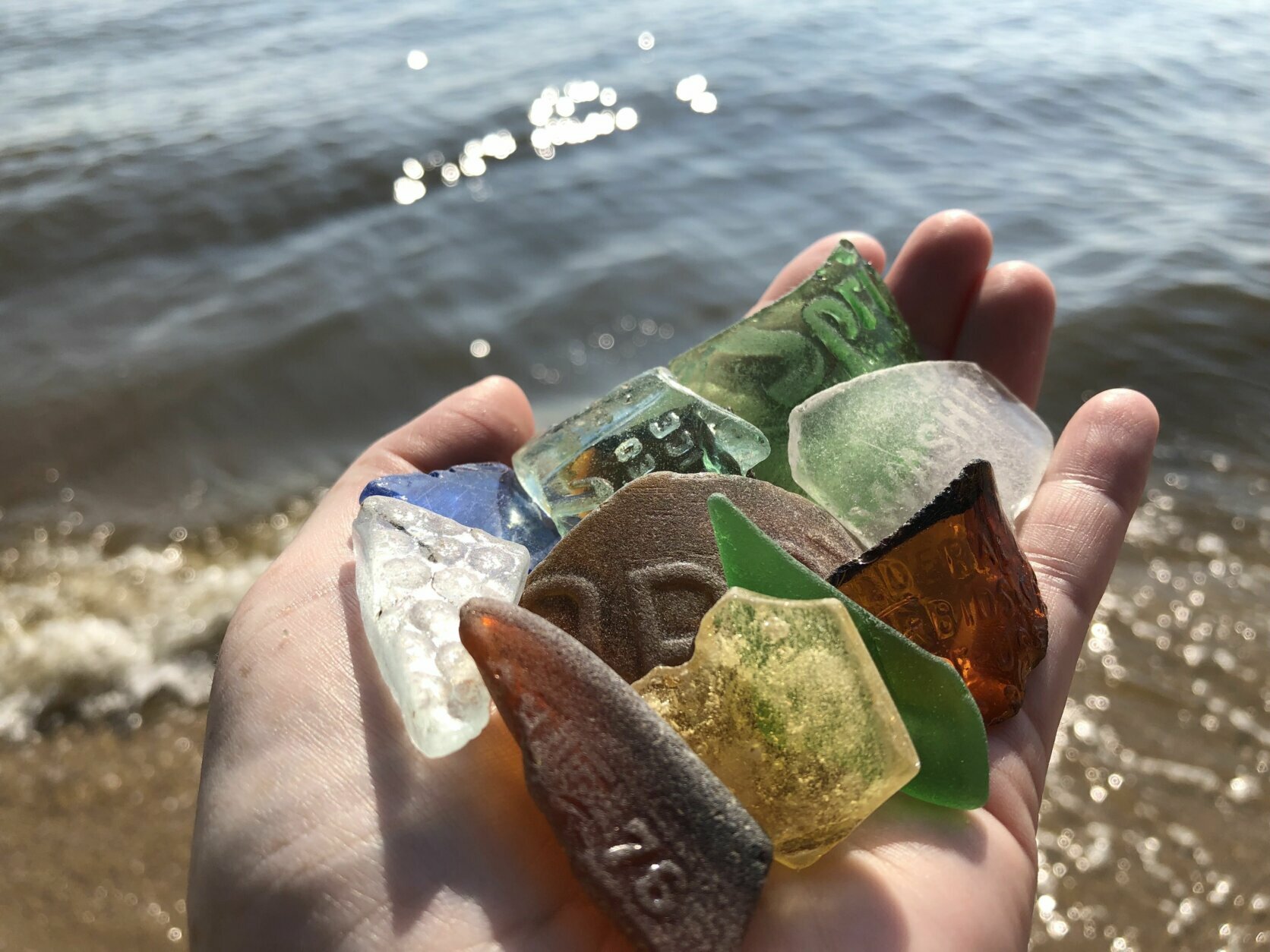
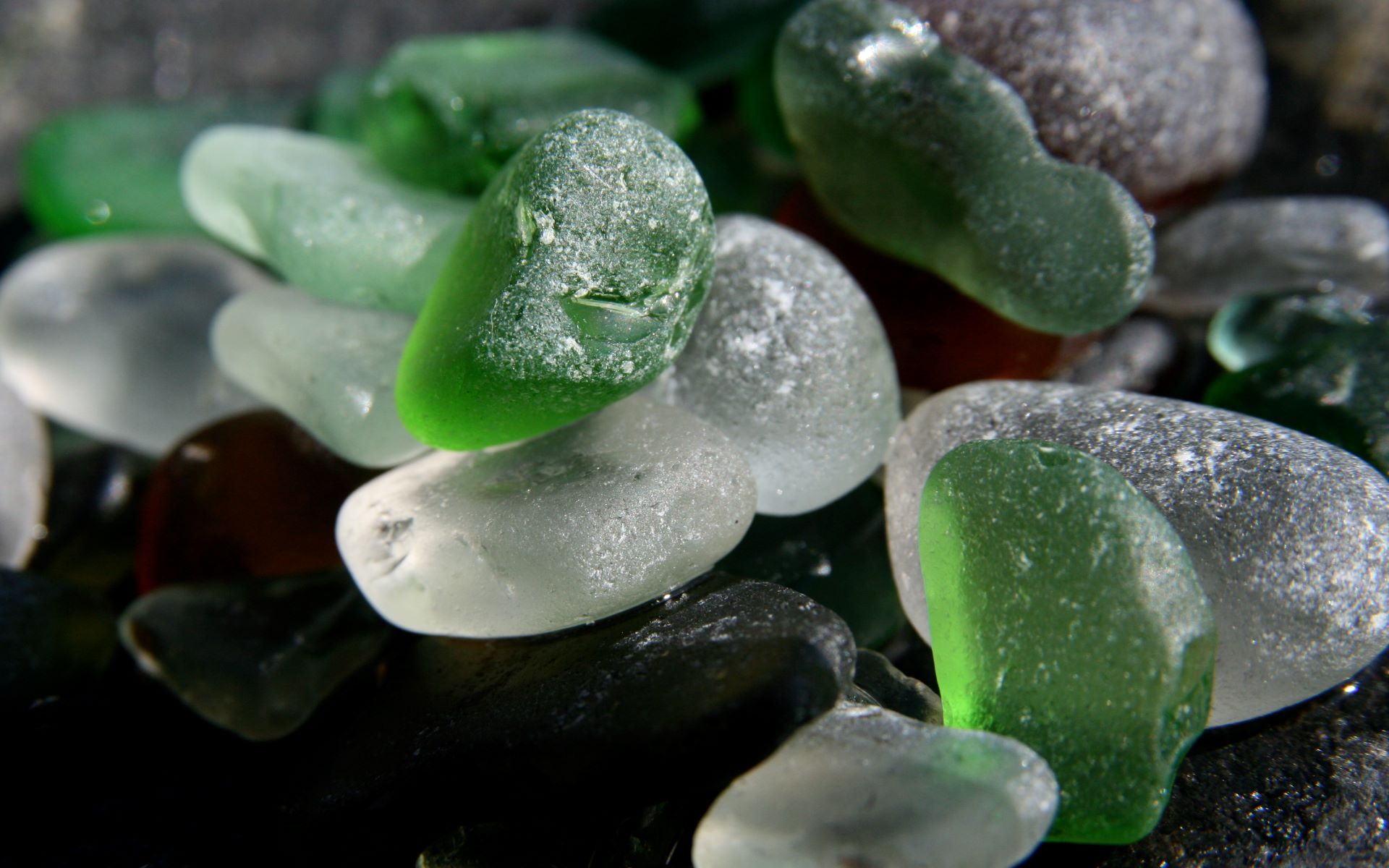


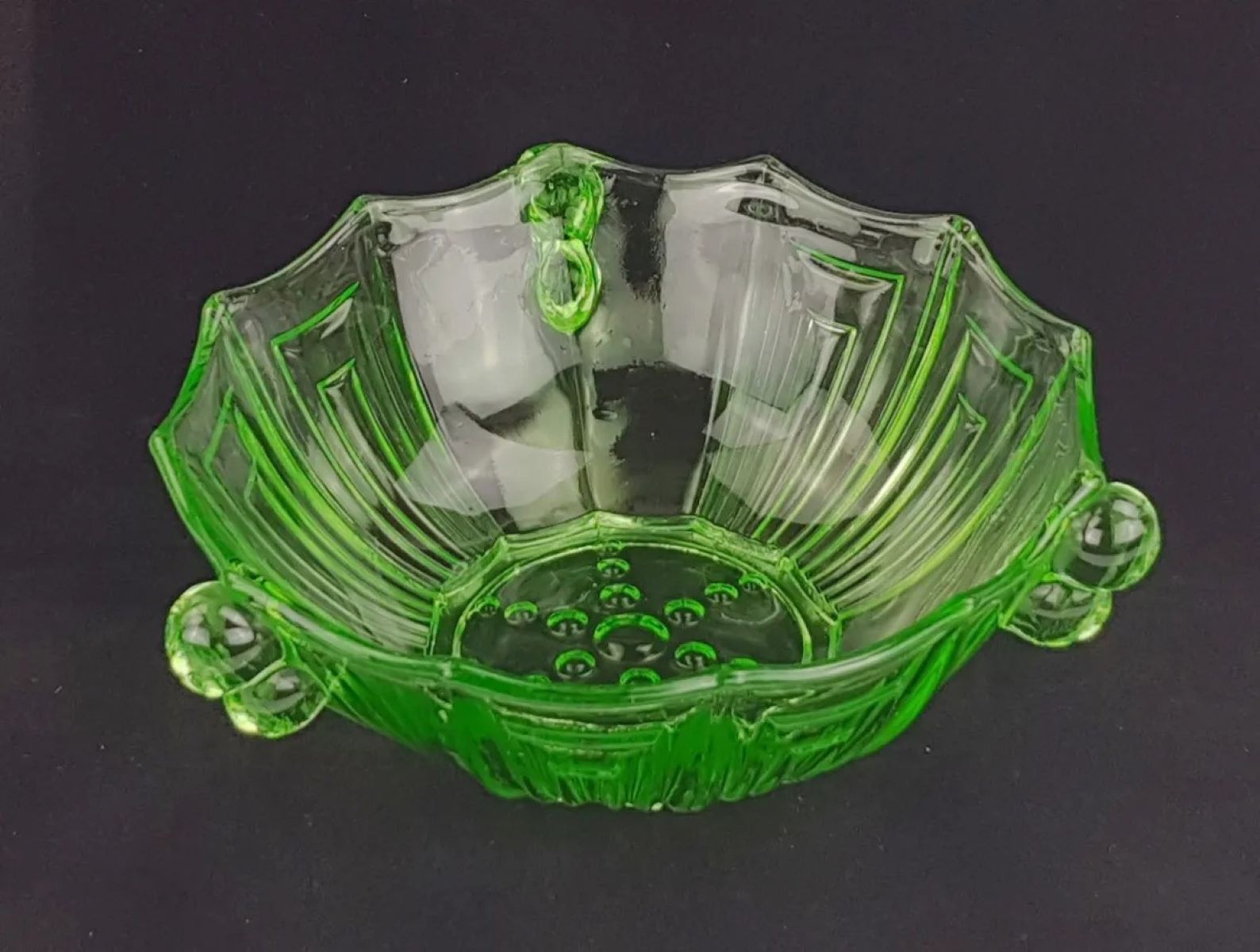
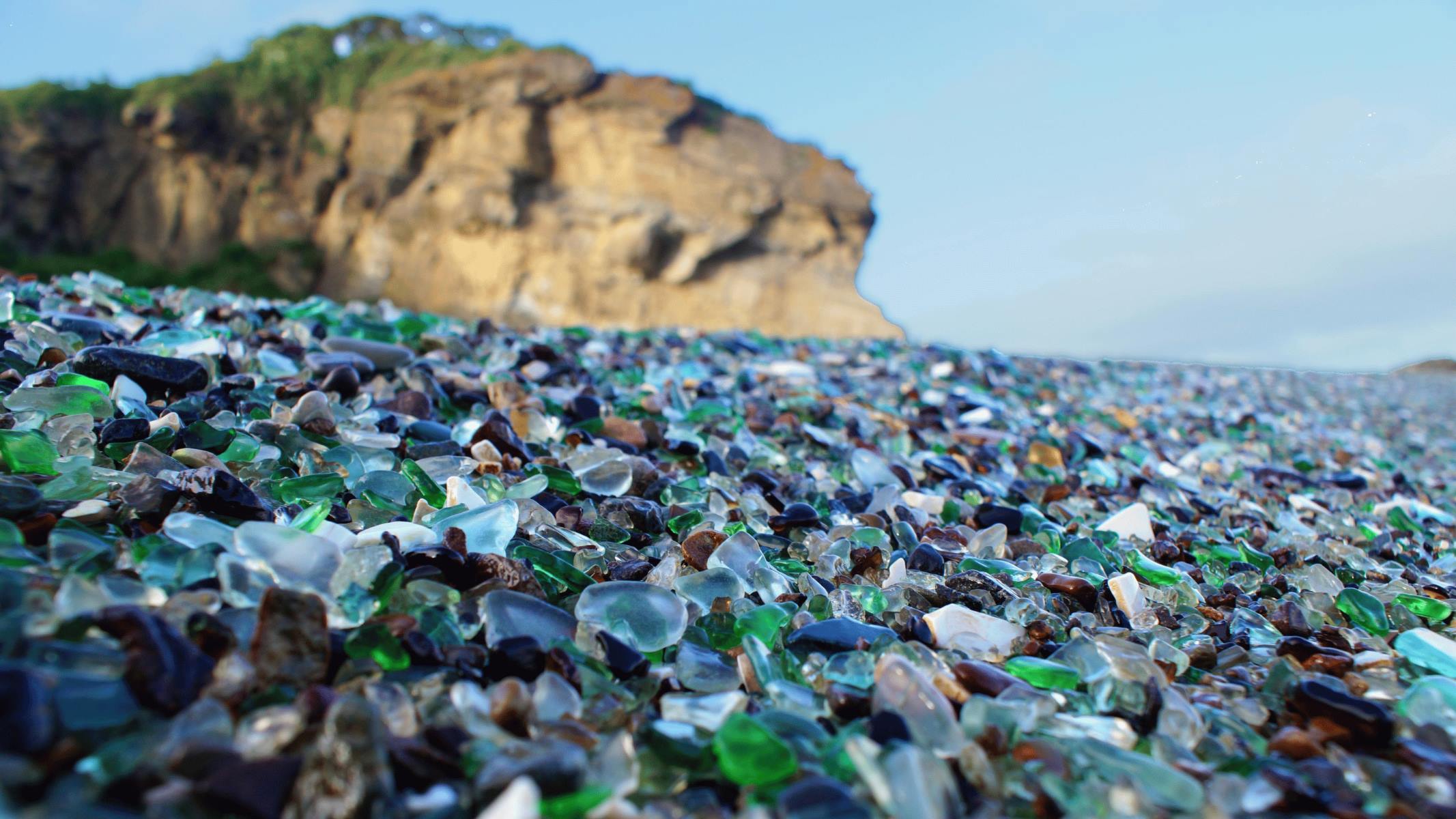
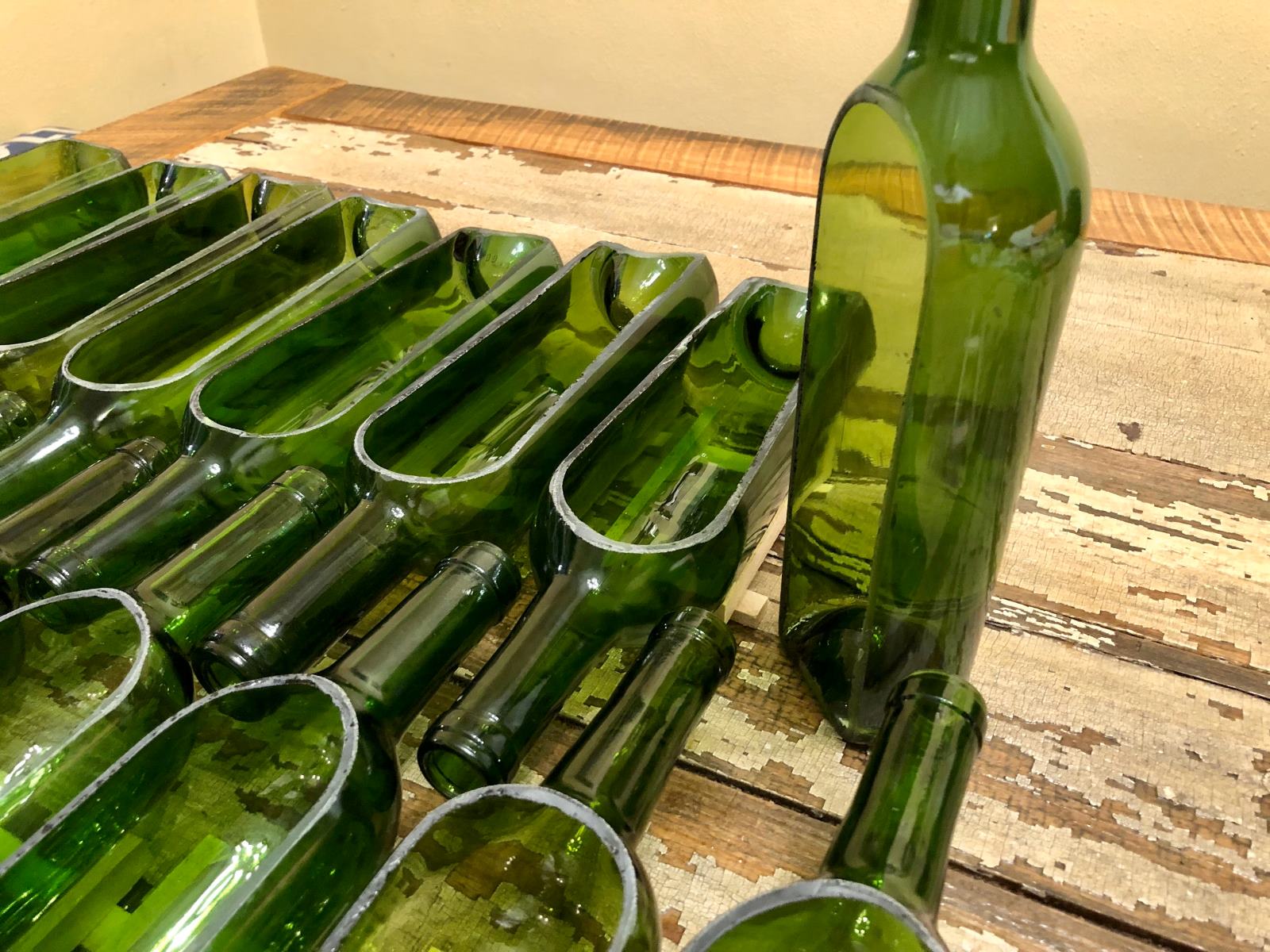

0 thoughts on “How Do You Find Sea Glass”